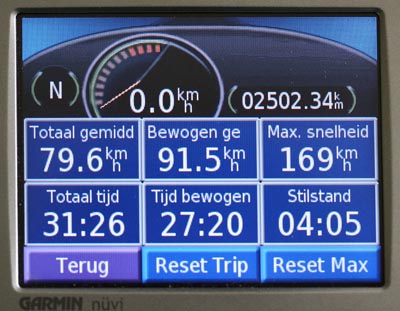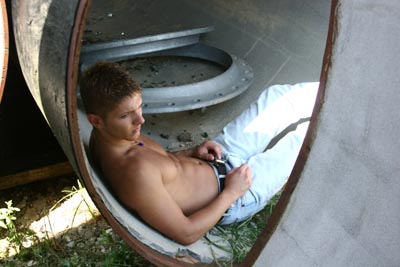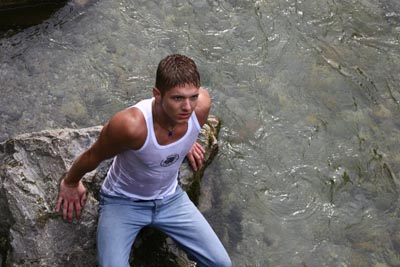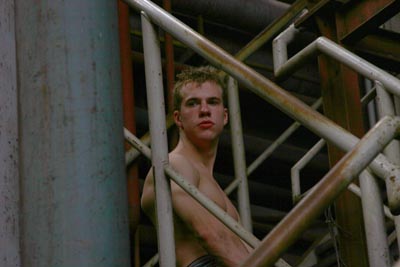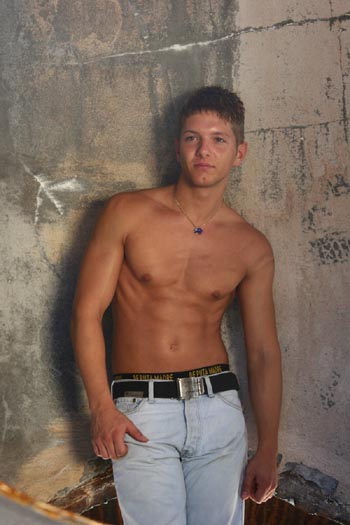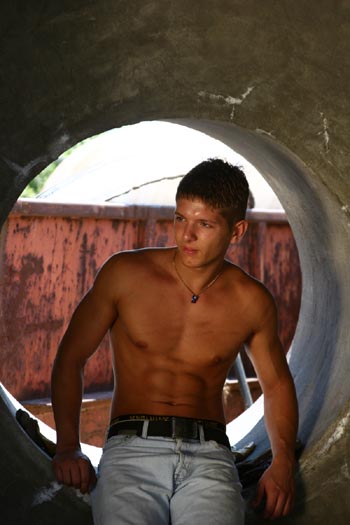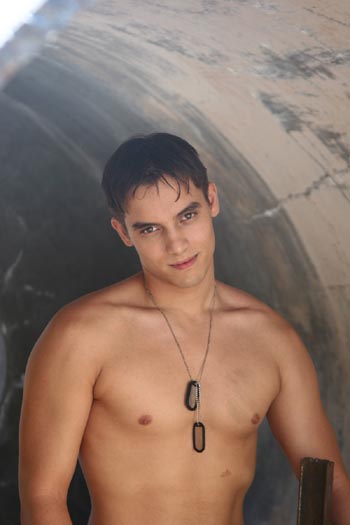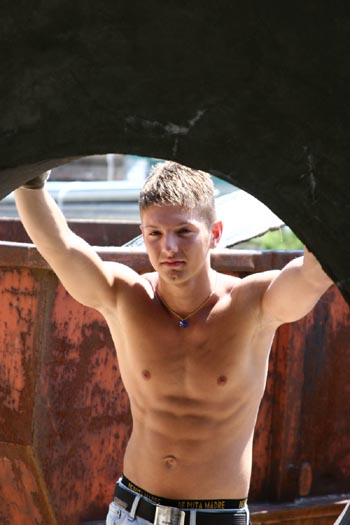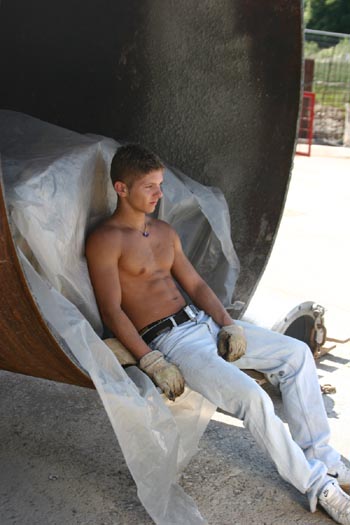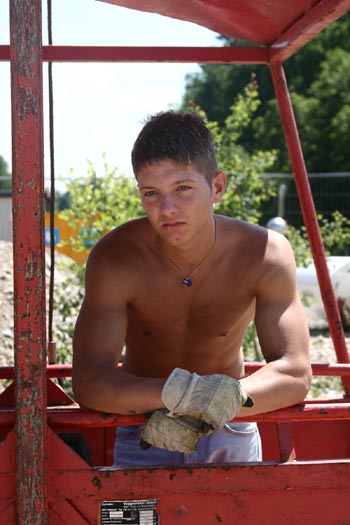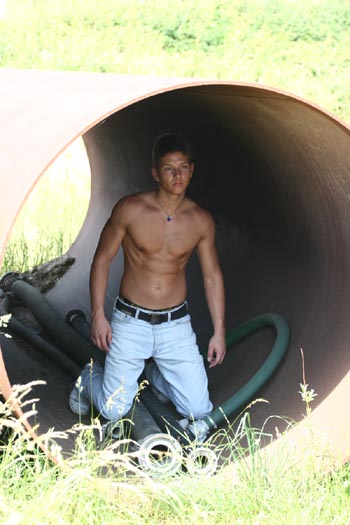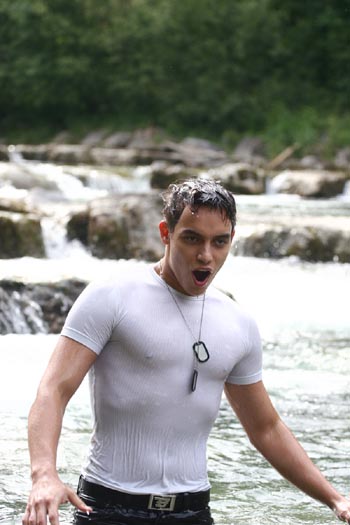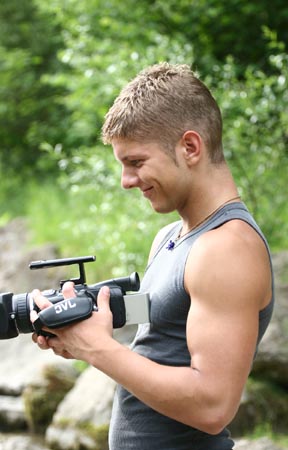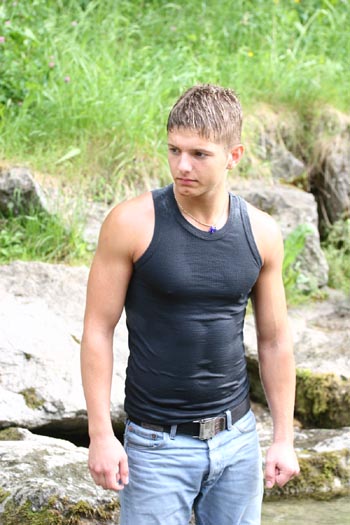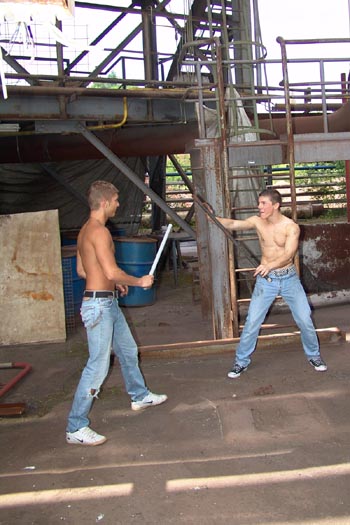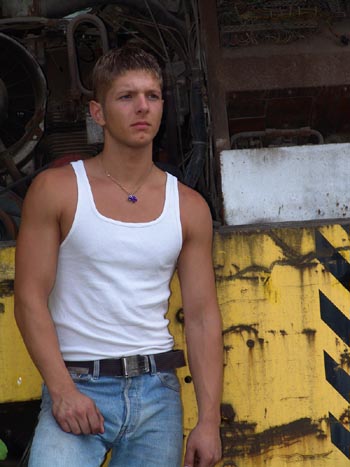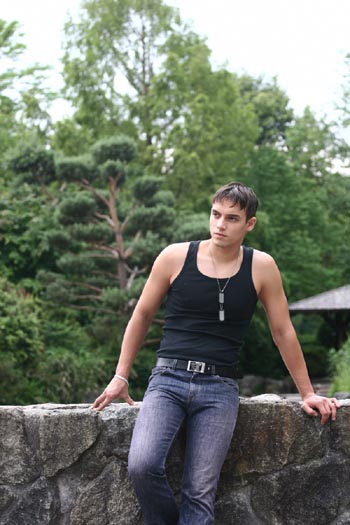|
Get in touch! |
Shooting Days
Home » Shooting Days » List of events » Munich, june 2007
| The international Shooting Days events are an international coöperation between photographers and models. This time i was invited by a german photographer to his hometown of Munich.
The international Shooting DaysThe shooting days are a collaborative event between photographers and models. There is no single photographer who's the boss, but the event is prepared in concertation with the participants.It's important for the models to work with different photographers, and not just to stay with one single photographer. As model, you will learn much more if you go to different photographers. And germany is a completely different story compared with Belgium. The photographic poses are very stiff, one could compare the poses to the poses of Greek statues. And Bayern is even more conservative. It's not quite part of Germany and has it's own conservative political parties. It's Austria, but in Germany. The german photographer who invited us was as professional and used to work for different german modelling agencies. Munich is located at 900km from Ostend. It's already the Alps region and it's not too warm in summer. Whe are nearly in Tyrol (Austria) and not far from the border with the Czech Republic. Driving is at night because there is much less traffic. The normal driving speed on the highways is 150kpm. Germans seems quite used to it and there are not more accidents than in Belgium, where the speed on the highways are limited to 120 or 90kpm. “Laufkultur”, as they say in Germany. Munich, june 2007
The Shooting days are an international event, and one belgian model was invited too. The atmosphere was very festive when we arrived.
Wellbore near Munich In one of the big water pipes. We use a reflector for the lighting
We begin with a photoshoot at a nearby wellbore. Such a shooting place with some of the equipment still present is always a nice place for a photoshoot. We use a reflector with his golden side to do the lighting when the models are in the shadows. The white reflecting side gives a light that's too harsch and cold. The cold tint is actually caused by the blue sky. Even in the shadow, the light of the reflector is quite strong and we count 3-2-1 before taking the picture. The models keep their eyes shut and open them just before we take the picture. It's a photographer's trick to get normal looking people. We went eating in a typical german eatery, a “Biergarten”. It's some sort of self-service with lots of porc meat and 500cl beer pints (this explains the sheer volume of some german people). No need to go to Bayern for the food: half a chicken with one side nearly carbonised and the inside not done. The porc meat is full of fat. Vegetables are very limited: there are no cooked vegetables, only the inevitable salad dressing. No gravy. No cooking culture. Compared to Belgium, its distressing. Even the Dutch do better. And it's the same sort of "cuisine" in each restaurant in town (we tried some, just to be sure).
Wetfun at the l'Imsel
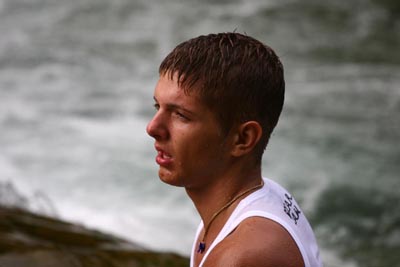
Wetlook was still a fashion statement at that time and those pictures were in high regard (compared to the Greek static poses). Every model needed some wetstyle pictures in their portfolio.
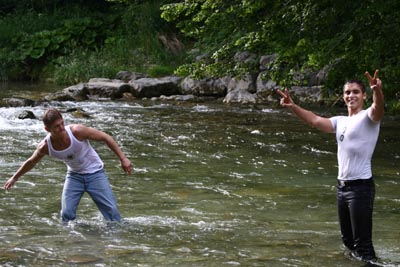
We tried some other sort of restaurant in the evening, “italian cooking” on the window. We are not that far from the Italian border. But inside, the cooking is just as german and unappetising as anywhere else. We stopped going to restaurants and asked the main photographer to cook for us.
Sulzbach-Rosenberg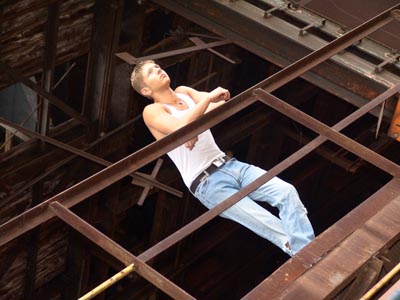
The blast furmace and steel factory was used by the German Bundesbahm (the national railroad company) for makin the steel rails and other stuff like catenaries. It used a lot of people from the Czech Republic nearby. It was a cheap labor force when the Iron Curtain was still present, but once the Czech Republic joined Europe, there was not much incentive anymore to use foreign people. The blast furmace was located inside the country, and it was expensive to bring the ore to the plant. Most steel factories are build nearby the ocean shore because the ore is now imported. The local ore doesn't contain enough iron to make the refining profitable, and it's cheaper to use imported ore. Sulzback Rosenberg is located 200km North of Munchen. Nothing remembers you of the massive steelworks from the nineties.


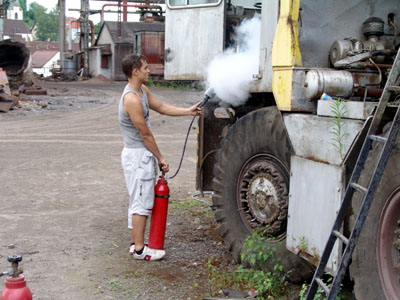
Westpark and English Garden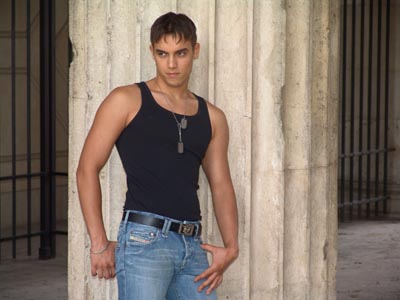
The English Garden seems to be better suited for a photoshoot, but like in England it's raining now. 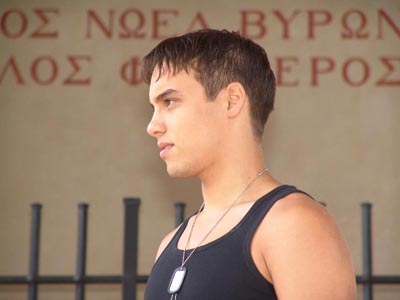
Nice to know: the escalators have two implied lanes: when you don't move, you stay to the right, when you want to move up you go to the right. This system should be imported to other countries and made mandatory.
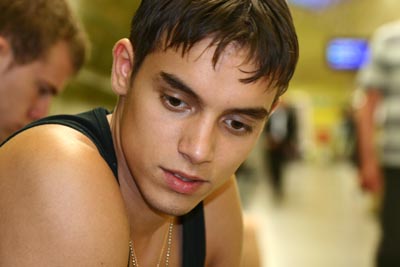 Waiting for the metro We used extensively the metro in Munich.
| Munich, june 2007
Wellbore near Munich
Wetfun at the Imsel
Old blast furnace
Westpark and English Garden |
Google pages selection that could be of some interest to you
